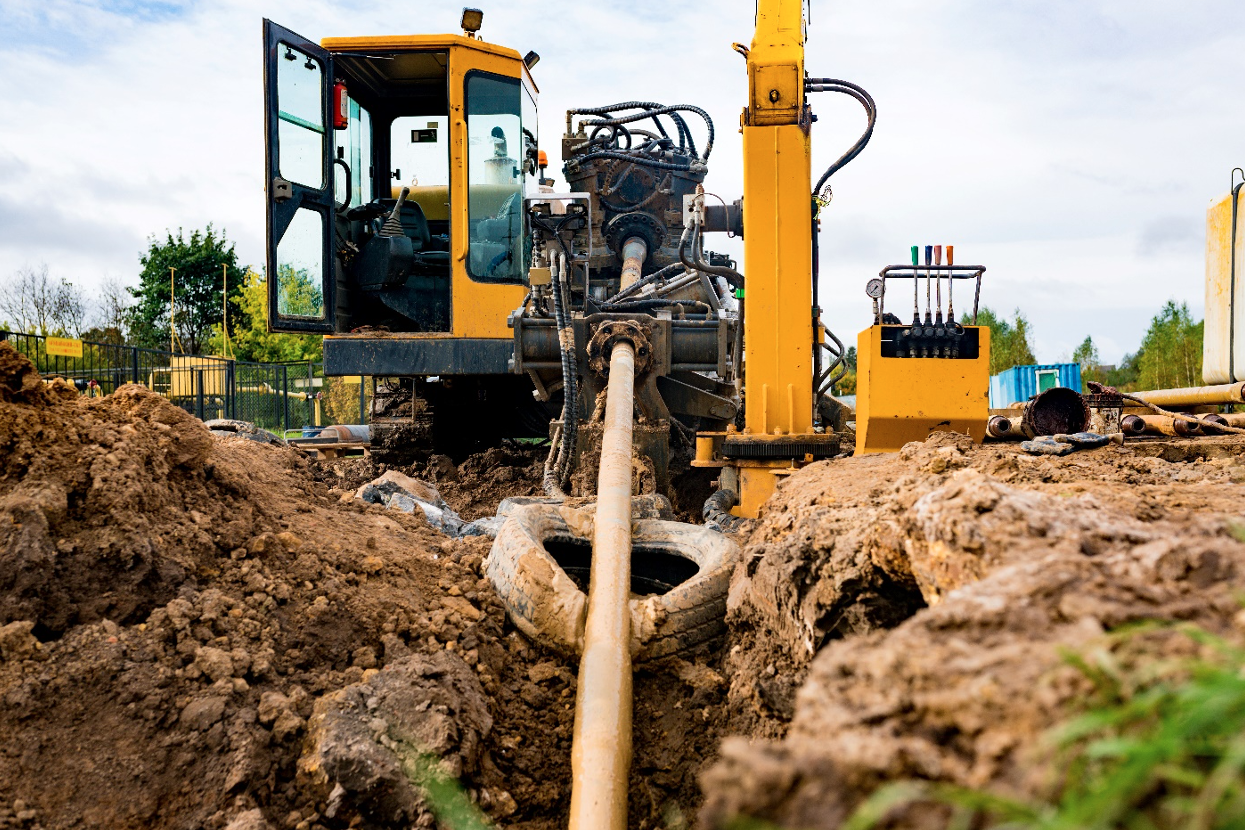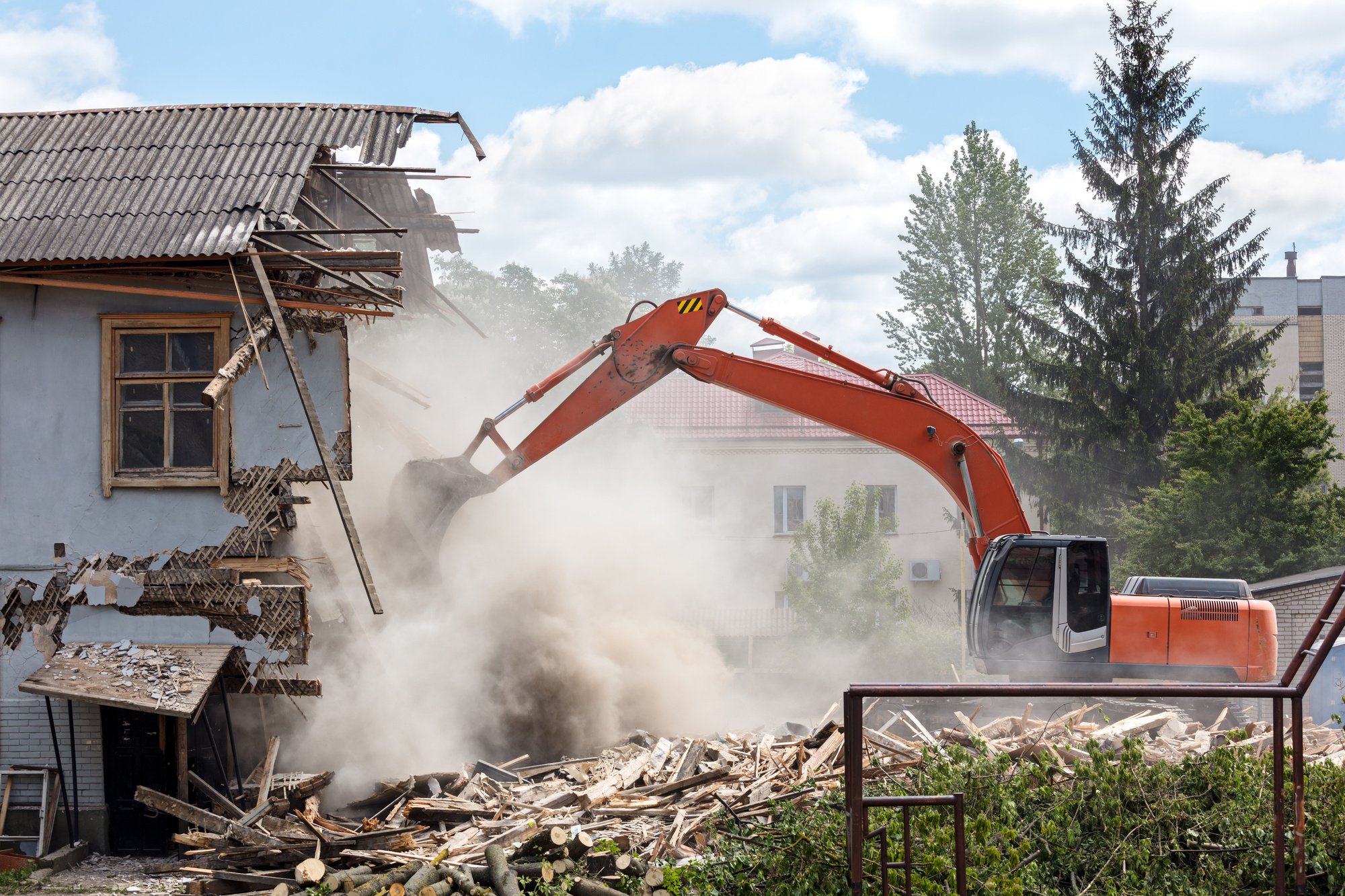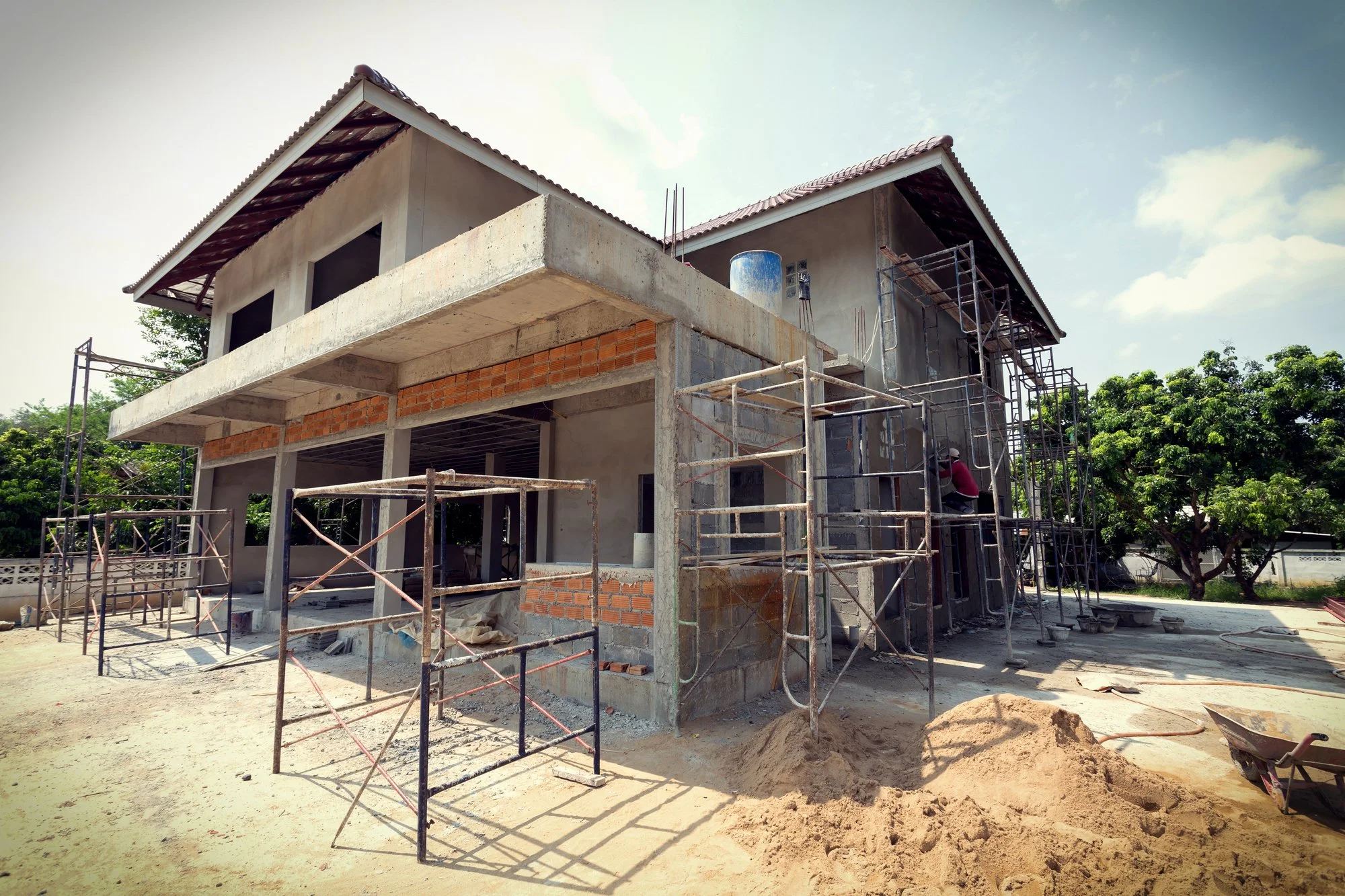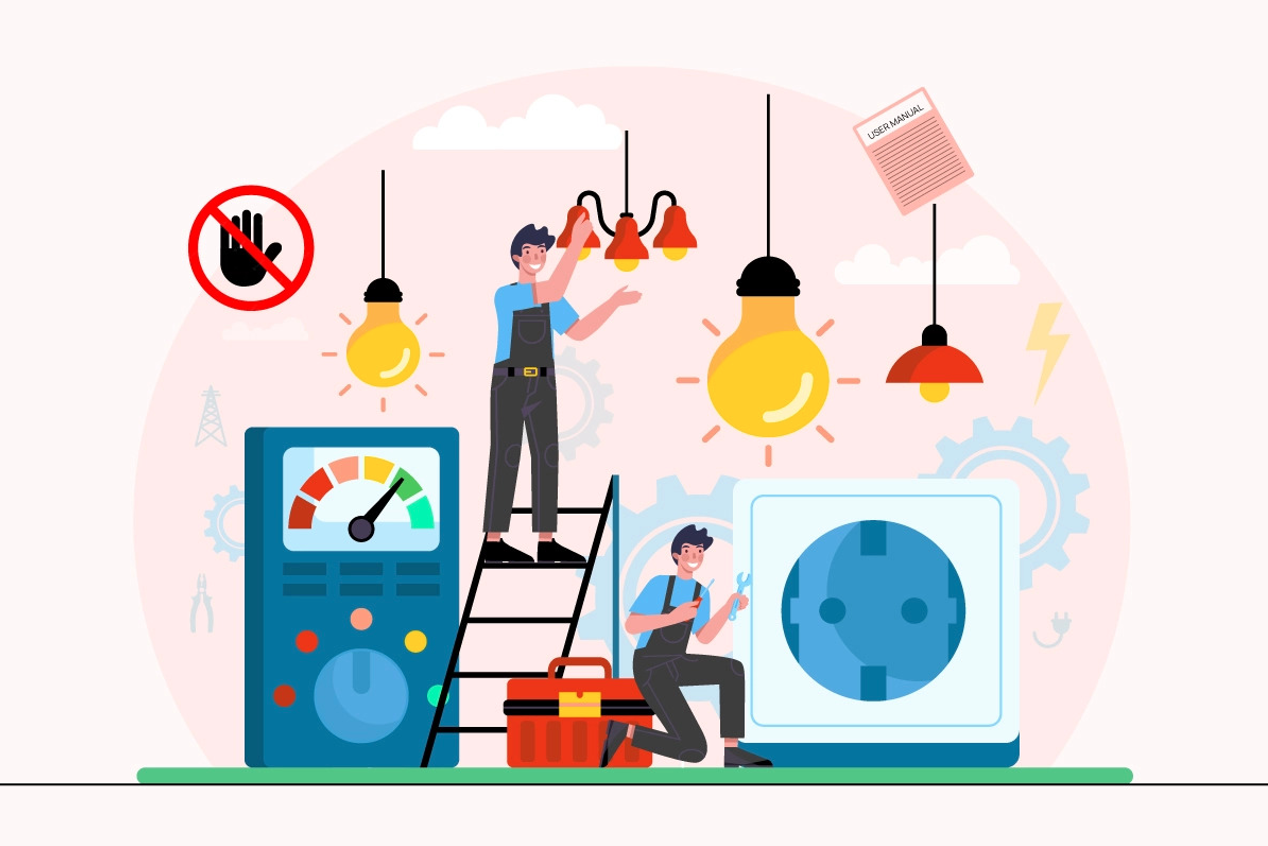Living Room Layout Ideas for Your Chicago Home
RH Business Marketing Solutions
As the focal point of your house, designing the ideal living room is crucial. It ought to be a place where you may rest, host visitors, and enjoy time with your family. Selecting the ideal living room arrangement is crucial to achieving this. You may design a room that is both useful and aesthetically beautiful by selecting from several styles. This article will explore some of the best living room layout ideas for your Chicago home. The appropriate design can make your living room into a space you adore, whether you choose a traditional symmetrical layout, a contemporary floating furniture arrangement, or a warm U-shape layout.
SYMMETRICAL LAYOUT
The symmetrical arrangement is a classic living room design choice. This arrangement has chairs and a sofa facing each other, giving it a balanced and official appearance. Add matching end tables and lamps next to each piece of furniture to finalize the appearance. This style radiates an impression of elegance and sophistication, making it perfect for contemporary or formal living rooms. It may also contribute to the space's sense of balance and togetherness. It's crucial to remember that this layout can be a little rigid and might not be the most excellent option for a more laid-back or informal living area.
IF YOU HAVE A SPACIOUS LIVING ROOM, A U-SHAPE LAYOUT IS AN IDEAL OPTION
Big open rooms are a fantastic fit for the U-shape arrangement. This arrangement places a sofa in the middle and surrounds it with chairs and a coffee table in a semicircle. A separate reading nook can be made out of the U-shape's open space by incorporating a pair of armchairs and a side table. Larger living rooms benefit significantly from this layout because it allows for different uses of the same area. Additionally, it aids in defining the various areas of the space, facilitating the development of a unified aesthetic. The U-shape arrangement is popular among many homeowners since it is adaptable and complements many decor choices.
FIREPLACE FOCAL POINT LAYOUT
The focal point around the fireplace arrangement is a common choice for Chicago living rooms with fireplaces. Also, one of the easy ways to add comfort to your living room is to have a fireplace. It gives a natural focal point for the room and fosters a warm and welcoming atmosphere. Placing the furniture in a semicircle around the fireplace can create a cozy conversation area. This design is particularly appropriate for houses in colder areas because the fireplace offers a cozy and appealing space for socializing with family and friends.
SUSTAINABLE DESIGN ELEMENTS
In today's environmentally conscious world, incorporating sustainable design elements into your living room layout is gaining traction. Chicago homeowners increasingly opt for eco-friendly furniture from recycled materials or sustainably sourced wood. In addition, incorporating energy-efficient appliances and LED lighting reduces environmental impact and lowers utility costs. Integrating sustainable design practices into your living room layout allows you to create a space that aligns with your values while promoting a healthier planet for future generations.
FLOATING FURNITURE LAYOUT FOR SMALLER LIVING ROOMS
The floating furniture layout is one of the best living room layout ideas for your Chicago home. In Chicago, homes increasingly use the open, contemporary floating furniture concept. Furniture is not pressed against the walls in this arrangement, giving the space a more open and breezy sense.
You can achieve this by positioning couches, chairs, and coffee tables in the room's middle, away from the walls. Since it helps to provide the appearance of a larger space, this design is excellent for smaller living spaces. If you opt for this layout, making your small place feel big won't be complicated. With this arrangement, you may achieve a neat and simple appearance that goes well with a minimalistic design.
INCORPORATING SMART HOME TECHNOLOGY
With the rapid advancement of technology, integrating smart home devices into your living room layout can enhance convenience and efficiency. Smart lighting systems, automated blinds, and voice-controlled entertainment systems are becoming increasingly popular additions to Chicago homes. By incorporating these technologies, you can effortlessly adjust the ambiance and functionality of your living room according to your preferences and needs. Also, many smart home devices can be seamlessly integrated into various layout styles, offering a modern touch to traditional or contemporary arrangements.
IF YOU ARE RELOCATING TO A CHICAGO HOME AND NEED HELP MOVING BELONGINGS...
If you are moving to Chicago and can't wait to make a layout in your living room, you will benefit from the help of professionals. And especially when you need to move a piano or another large instrument to your new home. Hiring piano movers in Chicago can ensure your instrument is transported safely and efficiently to its new location. In these situations, pros can move your instrument and give you peace of mind knowing that your piano is in good hands and will arrive in the same condition it was before the move. Piano movers in Chicago can give your piano a stress-free and secure transfer thanks to their expertise in negotiating small rooms, stairways, and Chicago's busy streets. Also, the piano, in addition to its purpose, can serve as an excellent decoration when arranging the living room.
SOME OF THE ADVANTAGES OF QUALITY LIVING ROOM LAYOUT IDEAS FOR YOUR CHICAGO HOME
Here are some benefits of good-quality living room layout ideas:
● Makes best use of available space - one of the main benefits of a well-thought-out living room layout is that it may help to maximize the use of space, ensuring that every square foot of the area is utilized.
● Boosts aesthetic attractiveness significantly - increasing a living room's aesthetic appeal and constructing an aesthetically pleasing and harmonious setting.
● It gives off a cozy and comforting vibe - a layout created with coziness and comfort in mind may provide a cozy and welcoming atmosphere, making it an excellent location to unwind and rest.
● Reflects one's individuality - a decent living room layout allows you to showcase your style, resulting in a place that truly reflects your uniqueness and personality.
ANOTHER EXCELLENT LAYOUT FOR SPACIOUS LIVING ROOMS
When you have a big open living room in your home, everything you need to know is how to arrange the furniture. The sectional sofa layout is one of the great options. This sofa is perfect for entertaining guests or hosting family gatheringsbecause it has plenty of seating and can hold many people. A sectional sofa is a versatile option because it can be assembled in many ways to fit the room's design. The ambiance in the living area may feel more intimate with this design. In addition, sectional sofas usually include chaise lounges and recliners. Therefore, it adds to users' comfort in the area.
ENHANCED FLEXIBILITY WITH MODULAR FURNITURE
Modular furniture offers an ideal solution for those seeking versatility and adaptability in their living room layout. Modular sofas, shelving units, and storage cubes can be rearranged and reconfigured to suit changing needs and preferences. This flexibility is particularly beneficial for urban dwellers in Chicago, where maximizing space is often a priority. Plus, modular furniture allows for easy experimentation with different layouts and arrangements, empowering homeowners to create personalized and dynamic living spaces.
TO SUM UP
Choosing the ideal layout for your living room can significantly impact the room's overall appearance, feel, and usability. Each of the living room layout ideas for your Chicago home has its advantages and may be customized to meet your requirements and tastes. When decorating a living room, you should consider the size, form, individual style, and way of life. You can establish a living room that expresses your personality and offers you and your family a comfortable and welcoming area. All of that by carefully planning and thinking through the various layout possibilities available.
Guest Contributor: Sophia Perry

















